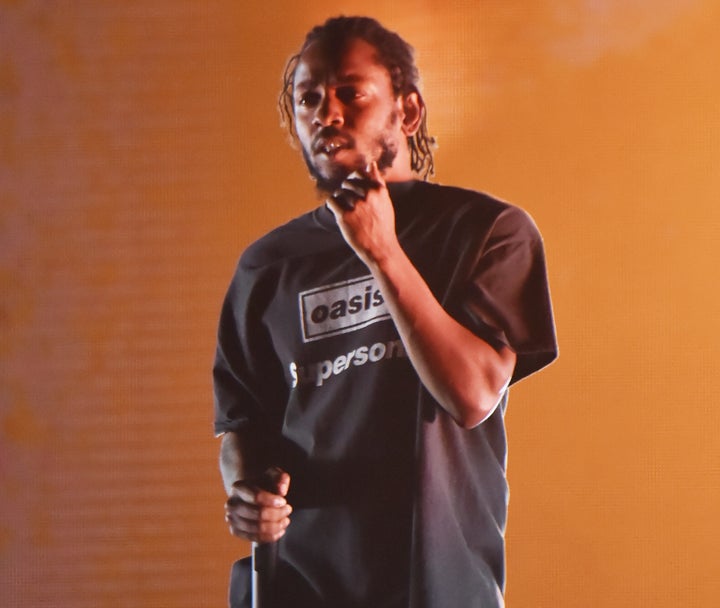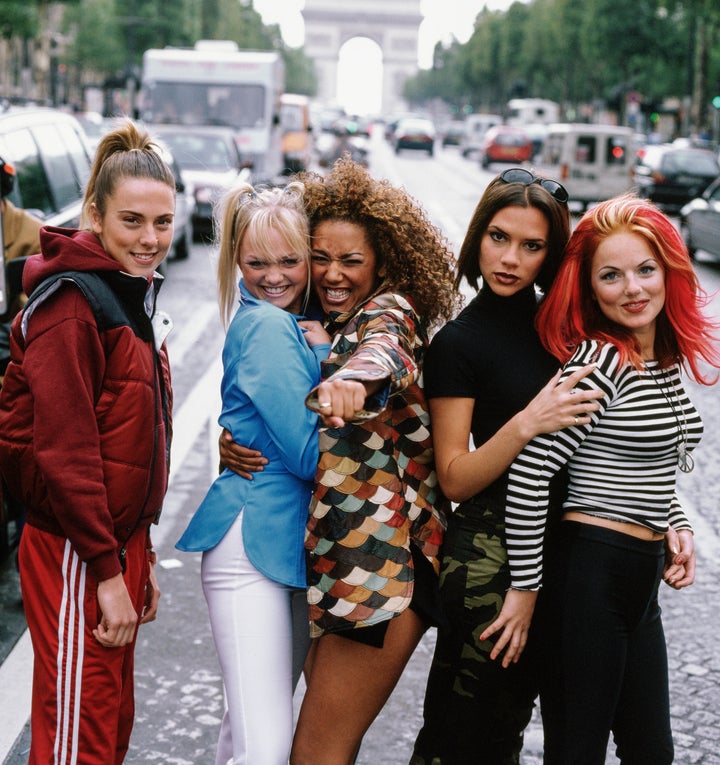
A song called Wannabe made the Spice Girls one of the biggest pop groups on the planet in November 1996. Here, for posterity, are the opening lines:
“Yo, I’ll tell you what I want, what I really, really want
So tell me what you want, what you really, really want
I’ll tell you what I want, what I really, really want...”
A lot of people know how the rest of it goes [spoiler alert: more of the same]. The Englishwomen have a massive reunion tour this year, which will make them millionaires all over again. What I do not foresee at their merchandise stalls is a published collection of lyrics.

The idea of people poring over a singer’s writings would have seemed preposterous a decade or so ago. Lyrics were published before the Internet, of course — in collections called Top Hits sold at stationery stores, or within the columns of long defunct music magazines with titles like Jet and Upbeat — but these were a mixed bag of popular songs that simply targeted an audience interested in singing along. The idea of lyrics as a literary art form didn’t exist.
Two things happened over the past decade that helped us re-evaluate them in a significant manner. In 2016, 75-year-old Bob Dylan became the first musician to win the Nobel Prize in Literature, “for having created new poetic expressions within the great American song tradition.” The radical decision prompted a New York Times writer to declare it a missed opportunity to honour a real writer. Two years later, 30-year-old rapper Kendrick Lamar’s Damn became the first non-classical and non-jazz album to be awarded the Pulitzer Prize in music, for “affecting vignettes capturing the complexity of modern African-American life.” What Dylan and Lamar did, effectively, was drag lyrics away from the microphone and onto paper.
This isn’t to say there haven’t been decent attempts, from Van Morrison’s collection Lit Up Inside to Poguetry: The Lyrics of Shane MacGowan and Lou Reed’s Pass Thru Fire. Even Florence Welch of Florence and the Machine got in on the act with Useless Magic, a compendium of lyrics, art, and her poetry, released mid-2018. For me though, a highlight of last year was How To Be Invisible, the selected lyrics of English singer Kate Bush with an introduction by the novelist David Mitchell.
One of the obvious advantages of reading lyrics, divorced from their musical context, is how they transform into something new and evocative, forcing us to pay attention to nuances that don’t always jump out in song, and showing us how compelling a line can be when isolated from the thrum of an electric guitar. As Mitchell eloquently points out, Bush’s lyrics qualify as art because they are singular pieces that map the heart and psyche. He explains how, for instance, her lyric “Dropped from my black Spitfire to my funeral barge” from the song Oh England My Lionheart, effectively condenses 500 years of English history in a way a novel arguably cannot.
For 2019, the title to beat will probably be Ashes to Ashes: The Songs of David Bowie, 1976-2016, by American journalist Chris O’Leary. Much more than a mere analysis of lyrics, this massive tome attempts to put into context every single song the iconic musician ever recorded, within and outside of a studio setting. It is admittedly not for anyone except hardcore fans, but given how influential Bowie was during his lifetime and how his shadow continues to loom large over us, that is still a significant number of potential readers.
O’Leary’s fascinating study began in 2009 as a blog called ‘Pushing Ahead of the Dame’ which aimed to analyse Bowie’s music, song by song. It led to the publication of Rebel Rebel: All the Songs of David Bowie from ’64 to ’76. Ashes to Ashes is probably the last word on the final four decades of that impressive career, and pushes aside the curtain to show what made Bowie such a powerful writer in addition to such a versatile composer. Every song is placed in a musical, sociological and historical milieu, revealing a surprising number of facts, influences, and insights. Combining the objectivity of an encyclopaedia with the informality of a TED talk lecture, it made me miss Bowie all over again.
There are many reasons why Ashes to Ashes should be on many bookshelves. For a start, 710 pages make for an immersive learning experience without the distraction of a single picture. Secondly, it focuses on everything Bowie recorded from Sister Midnight to Blackstar, with all the lost tracks, hits and misses in between. The most important reason is Bowie’s extraordinary life, which saw him interact with some of the most iconic figures of our time, from Andy Warhol and Iggy Pop to Marc Bolan and Lou Reed. Reading about how these familiar songs came to life makes for a history lesson unlike any other you will receive for a long time.
I suppose one ought to give Dylan the last word.
“The words in Shakespeare’s plays were meant to be acted on the stage. Just as lyrics in songs are meant to be sung, not read on a page,” he said at his Nobel Lecture on 5 June 2017.
It is a valid point. If we could give Shakespeare a chance on paper, should we deny singer-songwriters the opportunity?